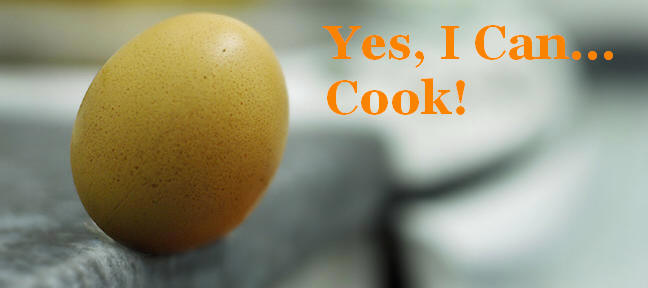The Recipe: Summertime Tagliarini
From Cook with Jamie: My Guide to Making You a Better Cook by Jamie Oliver
- 4 oz pinenuts
- juice and zest of 2 lemons
- large bunch of fresh flat-leaf (Italian) parsley, leaves picked, half finely chopped and half left whole [actually, half left whole is a bit much, since it's just for sprinkling - I did about a third or a quarter]
- 1 cup minus 1 tbspn extra virgin olive oil [seems like a lot of olive oil - see Thoughts below]
- 5.5 oz Parmesan, freshly grated, plus extra for shaving
- 1.75 oz pecorino, freshly grated [presumably he means Romano, we didn't have any, so used all Parmesan]
- sea salt & freshly ground black pepper
- 1lb 2 oz good-quality tagliarini or tagliatelle [an enormous amount, adjust as you see fit]
Serves 4.
1. Blend half the pinenuts to a paste, then put into a big heatproof bowl with the rest of the whole pinenuts, the lemon juice and zest, the finely chopped parsley, and olive oil. Stir and add the Parmesan and pecorino. Season with some freshly ground black pepper. Taste, and adjust as needed.
Jamie says: What you should have now is a reasonably thick sauce, which you should think of more as a dressing, so taste it and think about how the different flavors are coming through. Balance the flavors so you end up with something quite zingy because, as the sauce heats up and the cheese melts, the lemon flavor will calm down a lot.
2. Put a large pot of water on to boil for the pasta. Sit the sauce bowl on top of the pan while the water is heating up - this will take the chill out of the sauce and warm it up slightly. When the water starts to boil, remove the bowl and add the pasta to the water. Cook according to package instructions, then drain, reserving a little of the cooking water.
3. Toss the pasta with the sauce and some of the reserved cooking water to loosen it up a bit. The heat from the pasta will melt the cheese, allowing the sauce to coat it. If you find the sauce is too thick add a little more water.
Jamie says: It's not supposed to be claggy, thick, and miserable, but incredibly silky, fresh, and fragrant.
4. Taste once more to balance then serve with a little extra Parmesan and a sprinkle of parsley leaves. Eat immediately.
Thoughts/Tips/Mistakes
Was very worried re the "claggy" scenario. Have had that experience before with pasta and cheese - a very early cooking attempt that resulted in something that ended up being called "A Pile of C**p With S**t On It." It is still fondly known as that, even though I've managed to make it since without turning it into a gluey lump. But this actually came out fine - the reserved pasta water is key.
The only thing is... I've recently started thinking about the taste of our (cheap) extra virgin olive oil, which seems very strong - not sure I like it. And there's a lot of oil in this recipe. It didn't come out oily, but the flavor of the oil seemed more obtrusive than maybe it should have been. Will try using less of it. Any EVOO recommendations gratefully received - I know nothing! Does the taste get stronger as the quality goes up? Or the opposite, like vodka?
Pix
Warming sauce (didn't have a heatproof bowl, so used this instead):
Looks like it would be "claggy," right?

Done:

Close-up - looks remarkably like the one in the book!


2 comments:
extremely tasty, about time you paid some attention to jamie!
and for a change of pace, you can always try "A Pile of S**T With C**p On It"!!
Thanks babe! Be careful what you wish for...
Post a Comment